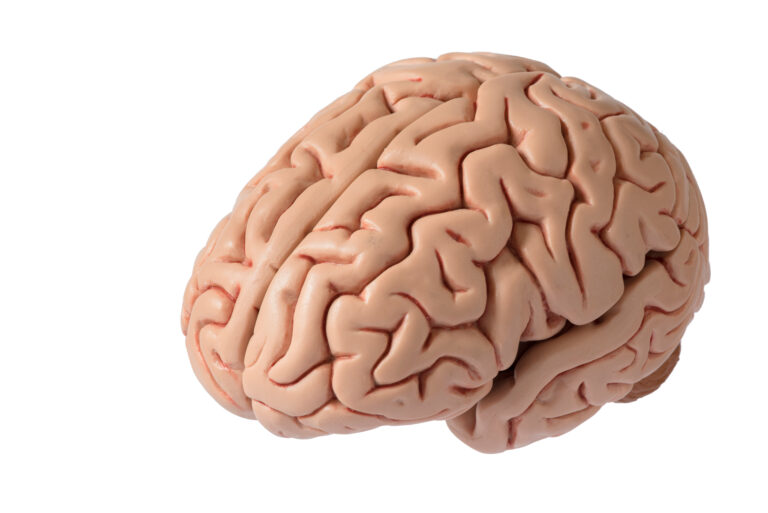As we age, our bodies go through many changes, and our minds are no exception. One of the most common changes that occur in older adults is the development of Alzheimer’s disease. Alzheimer’s is a progressive brain disorder that affects memory, thinking, and behavior. It is the most common cause of dementia, a term used to describe a decline in cognitive function.
While there are many signs and symptoms of Alzheimer’s, one early warning sign that often goes unnoticed is changes in the eyes. Yes, you read that right – your eyes could be telling you something about your brain health.
In fact, recent studies have shown that there is a link between changes in the eyes and the development of Alzheimer’s disease. This discovery has opened up new possibilities for early detection and treatment of this debilitating disease.
But what exactly are these changes in the eyes that could be warning us of Alzheimer’s? Let’s take a closer look.
Retinal Changes
The retina is the part of the eye that receives light and transmits visual information to the brain. In recent years, researchers have found that changes in the retina can provide important clues about the development of Alzheimer’s disease.
One study, published in the journal Ophthalmology, found that patients with early-stage Alzheimer’s had thinning of their retinal nerve fiber layer compared to those without the disease. This thinning is thought to be caused by a buildup of beta-amyloid protein, which is also a hallmark of Alzheimer’s disease in the brain.
In another study published in JAMA Ophthalmology, researchers found that patients with early-stage Alzheimer’s had higher levels of amyloid plaques in their retinas compared to those without the disease. These plaques are known to play a significant role in the development of Alzheimer’s.
Changes in Eye Movements
Aside from changes in the retina, researchers have also found that alterations in eye movements could be an early warning sign of Alzheimer’s disease. In a study published in the Journal of Alzheimer’s Disease, researchers found that patients with early-stage Alzheimer’s had a slower and more erratic eye movement pattern compared to those without the disease.
These changes in eye movements could be a result of the disease affecting the brain regions responsible for controlling eye movements. This further supports the link between changes in the eyes and the development of Alzheimer’s.
Changes in Pupil Reactivity
The pupil is the black part of our eyes that dilates or constricts in response to light. This reflex is controlled by the autonomic nervous system, which is also responsible for regulating many bodily functions such as heart rate and blood pressure.
Recent studies have shown that changes in pupil reactivity could be an early warning sign of Alzheimer’s disease. In a study published in the Journal of Neurology, researchers found that patients with early-stage Alzheimer’s had decreased pupil reactivity compared to those without the disease.
This could be due to the degeneration of brain cells that control pupil reactivity, which is also a common occurrence in Alzheimer’s disease.
What Does This Mean?
The discovery of these early warning signs in the eyes has opened up new possibilities for early detection and treatment of Alzheimer’s disease. With a growing aging population and no cure for Alzheimer’s, early detection is crucial in delaying the progression of the disease.
It is important to note that these changes in the eyes are not definitive indicators of Alzheimer’s and may also be present in other conditions. However, they can serve as a valuable tool in combination with other diagnostic methods.
Early detection can lead to early intervention and treatment, which can improve the quality of life for both the patient and their loved ones. It also allows for better management of symptoms and planning for future care.
What Can You Do?
If you or a loved one are experiencing changes in your eyesight, it is important to schedule an eye exam with your optometrist. While these changes may not necessarily indicate Alzheimer’s, it is always better to be safe than sorry.
Additionally, maintaining a healthy lifestyle with regular exercise, a balanced diet, and engaging in mentally stimulating activities may help reduce the risk of developing Alzheimer’s disease.
In conclusion, changes in the eyes may be an early warning sign of Alzheimer’s disease. While more research is needed to fully understand this link, it is an exciting step towards early detection and treatment of this devastating disease. So keep a close eye on your eyes, they may be telling you more than you think.





